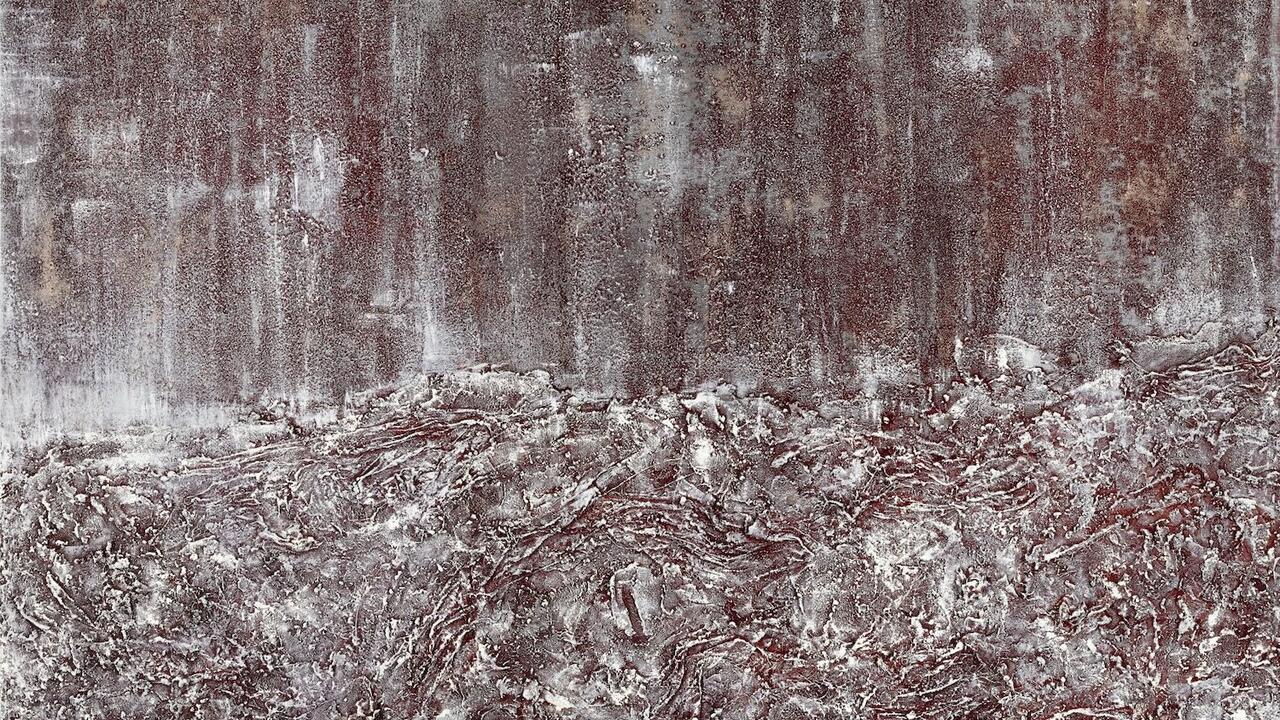Precocity Exhibition
Tabloid fairy tales
Tabloid fairy tales
The case of six year-old 'beauty-queen' JonBenet Ramsey - found strangled in the basement of her wealthy family's Boulder home the day after Christmas - has played out like a tabloid wet dream. Which is to say, as an American supermarket version of J. G. Ballard's The Atrocity Exhibition: Little Miss Colorado (a title she won in 1995 on the child-pageant circuit) has posthumously become both a celebrity and fetish object, a dimpled starlet and duct tape-gagged victim on display like some glam-morbid found-art installation dredged from the national unconscious. Hypernostalgic, half-forgotten clichés (Shirley Temple gives birth to the Black Dahlia sex-murder via the Lindberg kidnapping) are recycled as the latest in family-values angst: child abuse, kiddie porn, predatory sexuality. The media curate the exhibition with the tacit consent of all involved (save the show's rising star, who is necessarily silent). What irony could be more ideally banal than the parents giving their first interview to CNN - an Oprah-cum-Warhol masterstroke - instead of the police? The subsequent publication of crime-scene coroner's photos then sealed JonBenet's ascension into the heaven of scandal and desire, elevating her to the august company of JFK, Elvis, Marilyn, and of course Nicole Brown Simpson. (To my knowledge, no bootleg videos of the autopsy have as yet surfaced, but fans have learned to be patient: the true fetishist knows how to wait.)
Everything about JonBenet Ramsey's death has had a scripted, made-for-TV feel to it. In the days and weeks after the story first broke, videos of her prancing on stage were endlessly repeated on the nightly news. The footage was usually shown in slow motion, giving a lascivious poignancy to what looked to be audition tapes for some pre-teen version of Showgirls (1995). Over these images, the paternal likes of NBC's Tom Brokaw offered nostrums that only heightened the familiar dissociation beginning to make itself felt. The sheer oddity of the details that emerged - the note demanding $118,000 ransom but written on family stationery, the mother's televised warning 'There's a killer on the loose' even as all signs pointed to someone inside the household - had the unmistakable aura of a rerun. JonBenet was now dressed in the sacrificial costume of Twin Peaks' Laura Palmer, emblem of unspeakable acts, untold degradation. The crime itself replicated the psychic landscape of The X-Files, intimating unseen forces at work, sinister rites masked by bland normality (the creepy-innocent children's beauty pageant subculture), the logic of cover-up and conspiracy reproduced like a cryptic DNA code. And thus in turn the scenario seemed to prefigure the whole sheep-cloning controversy, with little JonBenet as the first candidate for human cloning, every flawless miniature-blonde inch of her the image of the clones who already walk among us.
Meanwhile the absence of fresh developments - hard news - gave mass-circulation fantasies a void in which to flourish; simulation adores a vacuum. 'Cops Probe Daddy's Secret Porn Life,' claimed one recent National Enquirer headline; a rival paper soon answered with 'Mom's Secret Lover Tells All', (this democracy of guilt perhaps validating the former's boast that 'The Enquirer's fun for the entire family!'). The actual murder has been replaced by a fungal apparatus of speculation, rumour, and innuendo - a pornographic network in which pity sublimates arousal, freeing housewives and office workers to fantasise endless incestuous outrages from the safe vantage of their dutiful, regimented lives. There is a continuum of sadomasochism in the tabloids that runs from the frenetic coverage of celebrities (an obsessive mixture of envy, suspicion, and loathing designed to blur the line between reader and stalker) to the feigned shock and disgust at each titillating new pseudo-revelation about JonBenet ('How Daddy's Little Girl Really Died'). Kneeling before this newsprint altar of fame and suffering, the supplicant is both exalted and abject: all the freedom that only money and beauty can buy is exposed as both sham and damnation, yet the reader's moral superiority can't purchase anything to equal the exquisite unhappiness of obscene wealth, shameful sex, and insensate cruelty.
What is most disturbing - and secretly alluring - about JonBenet Ramsey is that she appears to have been dehumanised even before the tabloids got to her: her mother was already vicariously living through her and carefully grooming her to be a vessel for others' fantasies. In death, JonBenet has gone from living doll to media doll, meaning the inflatable plastic kind - the sister of Time's infamous digitally illustrated 'Cyberporn' cover-child, the wide-eyed gaping-mouthed receptacle into which adults can project a host of unresolved anxieties about sex, youth, and society. Her murder serves to make her exemplary of childhood itself (Time quoted a family friend: 'JonBenet believed in Santa Claus...'), but what, as a media construct before the fact, she most exemplifies is the schizoid attitudes towards it which permeates the culture. The discourse of innocence is invoked, with its dialectic of purity and violation, but it seems weirdly inadequate to the case at hand. Imagine that no murder, no abuse, took place; instead JonBenet lives out the dream of a little princess sheltered from the corruption of the outside world. She grows up to be just what she was raised to become: perhaps a child performer in commercials and sitcoms, then a Miss America contestant and a trophy wife. Failing that, she might put her upbringing to use as a stripper: with a background in obedient narcissism and professional ingenuousness, she would have been well-trained in the basics of captivating captivity. Childhood under such conditions is less a social space than a mythic one, a prison disguised as a safe house: reification poster-kid JonBenet is placed before us as a reminder that dead or alive, there is no escaping it in one piece.
But that is the idea. In all the talk of protecting children from exposure to harmful material (TV, music, the Internet, sex education), there is the underlying sense that what adults really want to protect them from is autonomy. Equating safety with ignorance, the parental impulse is to seal kids off in a fortress of uniform servility, one with ancestral ties to de Sade's college of mortification. Perhaps the most instructive current offerings in this regard are the videos of the man calling himself Max Steiner, a.k.a. Max Hardcore, which trade under such titles as Hardcore Schoolgirls and Cherry Poppers. They commodify the same spectacle of purity and violation as the tabloids, but unadorned by faux sentimentality: 18 year-old strippers dressed as pubescent virgins are initiated into the ranks of what Max likes to call 'fuckmeat.' Translating the language of pop-cult transgression à la Head Like a Hole back into pure porn, these pathological vignettes have the dungeon-fresh air of low-rent Sadean fairy tales. The blunt sexual education Max's girls receive is a parent's (and feminist's) worse nightmare (the tapes even contain a recruiting pitch for wayward daughters who would like to audition for him), yet these fables of power - eroticising aggression and surrender by infantilising them - have made their nomadic way into the tabloid mind. Deterritorialised, the transgressive becomes 'fun for the entire family', as JonBenet is made to dispense posthumous etiquette tips on how nice girls are to behave in the company of wolves.

















